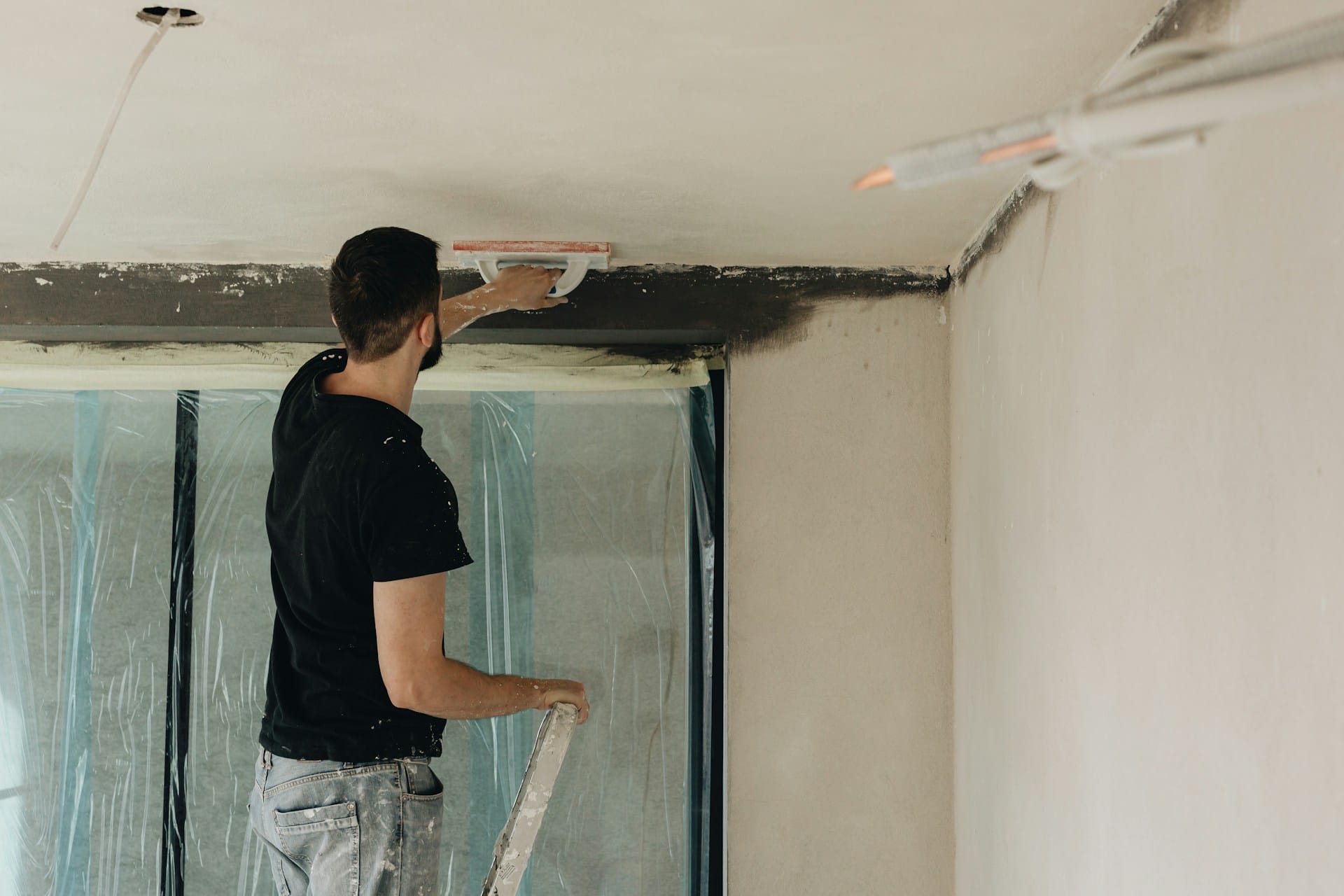
As climate change and environmental issues become increasingly pressing concerns, the need for sustainable practices in residential and commercial property construction and remodeling is more critical than ever. As a leading provider of exquisite remodeling and general contracting services in Virginia, Maryland, and Washington, DC, we recognize the importance of incorporating eco-friendly strategies in our projects.
This guide aims to help you embrace sustainable reconstruction and remodeling practices by providing insights into sustainable material selection, energy-saving design features, and innovative construction techniques. By adopting these approaches, you can create stylish and functional spaces that also prioritize environmental responsibility.
Sustainable Material Selection: Opt for Eco-Friendly Alternatives
Choosing sustainable materials for your reconstruction or remodeling project contributes significantly to creating an eco-friendly property. Embracing environmentally responsible practices starts with understanding and selecting materials that are recycled, renewable, or have a low environmental impact. Some eco-friendly material options include:
- Recycled materials: Utilize reclaimed wood, recycled metal, or recycled glass to reduce waste and conserve natural resources.
- Sustainable wood: Opt for Forest Stewardship Council (FSC) certified lumber, which ensures responsible forest management and sustainable harvesting practices.
- Engineered alternatives: Choose materials like bamboo or cork, which are rapidly renewable resources, requiring less time to regrow compared to traditional hardwoods.
- Low-impact insulation: Select energy-efficient insulation materials, such as cellulose, sheep’s wool, or recycled denim, to minimize environmental impact while enhancing your property’s energy performance.
By incorporating sustainable materials into your construction or remodeling project, you can reduce your environmental footprint while still achieving the desired aesthetic and functionality.
Energy-Saving Design Features: Maximize Efficiency and Comfort
Designing your property with energy-saving features in mind can significantly enhance its sustainability and reduce energy costs over time. Consider integrating the following design elements into your reconstruction or remodeling project:
- Natural lighting: Employ large windows, skylights, and light tubes to maximize the use of natural light, reducing the need for artificial lighting during daytime hours.
- Passive solar design: Orient and design your property to take full advantage of the sun’s energy for space heating and cooling, reducing the need for supplemental HVAC systems.
- Cool roofs: Install cool roofing materials, which reflect more sunlight and absorb less heat, ultimately lowering energy consumption and cooling costs.
- Landscaping: Thoughtfully plan landscaping to provide natural shading and windbreaks, reducing the need for heating and cooling systems while enhancing the property’s aesthetic appeal.
Incorporating energy-saving design features not only contributes to a more sustainable property but also fosters enhanced comfort and long-term cost savings.
Innovative Construction Techniques: Adopt Environmentally Responsible Methods
Utilizing eco-friendly construction techniques can further enhance the sustainability of your reconstruction or remodeling project. Modern methods aim to reduce waste, enhance energy efficiency, and minimize environmental impact. Consider the following innovative construction techniques:
- Prefabricated construction: Utilize prefabricated building components, which are manufactured off-site and transported to the project site for assembly, reducing material waste and construction time.
- Green roof installation: Incorporate green roofs that facilitate an extra layer of insulation, reduce urban heat island effects, and provide additional green space.
- Efficient insulation and air sealing: Properly insulate and seal gaps to create an airtight building envelope, reducing energy consumption and maintaining optimal indoor comfort levels.
- Low-impact construction practices: Adhere to construction techniques that minimize site disturbance, protect natural habitats, and reduce overall environmental impact during the building process.
Implementing innovative construction techniques not only bolsters your property’s sustainability credentials but also provides an opportunity to showcase forward-thinking design principles and environmentally responsible approaches.
Collaborate with Experienced Professionals: Partner with Industry Experts
One of the most crucial aspects of incorporating sustainability practices in your reconstruction or remodeling project is partnering with professionals experienced in eco-friendly design and construction. A knowledgeable team can provide invaluable guidance, from material selection to sustainable design features and construction techniques. Seek professionals who:
- Possess certifications related to green building practices, such as the Leadership in Energy and Environmental Design (LEED).
- Demonstrate a proven track record of completing sustainable projects within your specific sector, whether residential or commercial.
- Offer creative solutions and innovative ideas for incorporating sustainable practices throughout the reconstruction or remodeling process.
- Foster open communication and collaboration, ensuring your project’s environmental goals are met to the best of their ability.
A reliable team of professionals can help bring your sustainable vision to fruition, providing the necessary expertise to create eco-friendly spaces that truly stand the test of time.
Conclusion
Sustainable reconstruction and remodeling can greatly contribute to creating eco-friendly residential and commercial properties, coupling style and function with environmental responsibility. From sustainable material selection to energy-saving design features, innovative construction techniques, and collaborating with experienced professionals, numerous strategies can help you incorporate sustainability into your project. Embrace sustainable practices and invest in a property that not only prioritizes aesthetics and functionality but also makes a conscious effort to minimize its environmental impact. By taking these actionable steps, you can create a property that truly leaves a lasting, positive impression on both occupants and the world around you. Reach out to us at TSP Contracting today for your remodeling services needs!